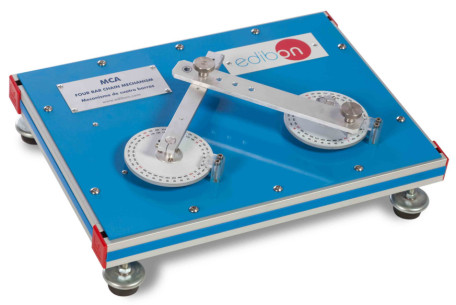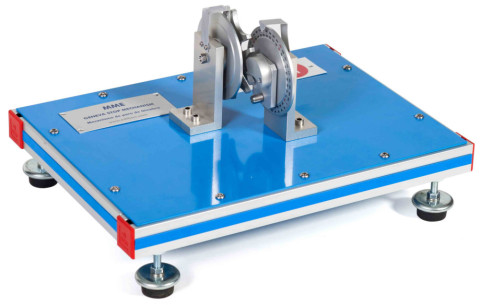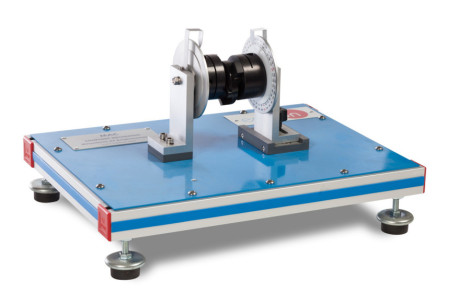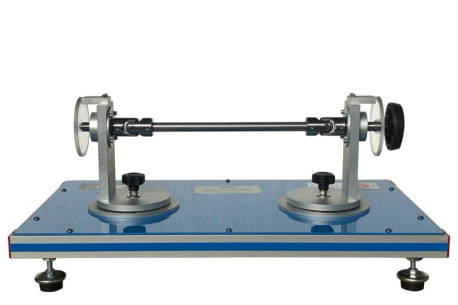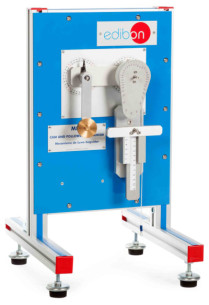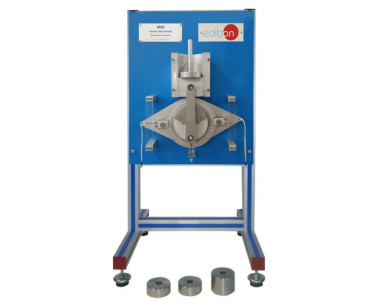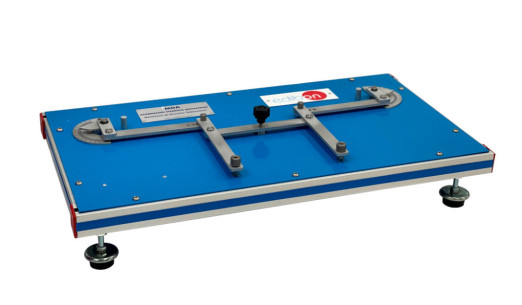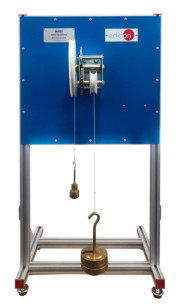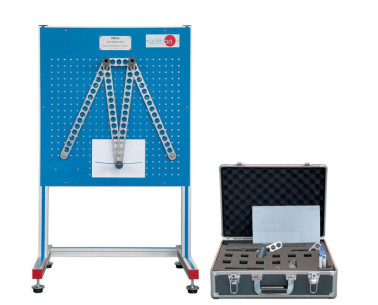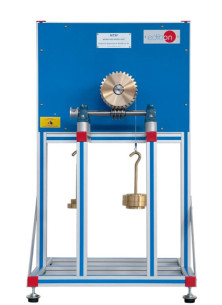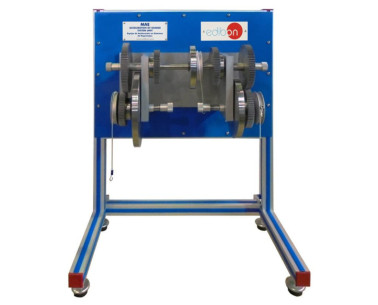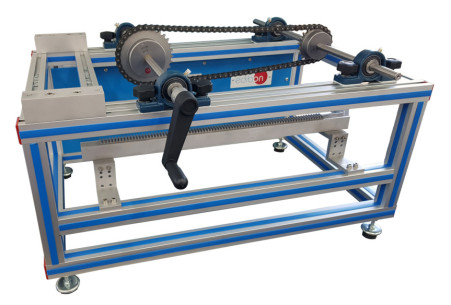UNTUK INFORMASI LEBIH LANJUT, HUBUNGI KAMI
14.1.- BIOMEKANIKA
Biomekanik mempelajari mekanisme pergerakan makhluk hidup, di antaranya gerakan tubuh manusia. Penelitian ini berkisar dari gerakan yang paling sederhana dalam kehidupan sehari-hari, seperti Kerja atau olah raga, hingga pergerakan beberapa organ dalam, seperti jantung. Untuk mempelajari kinetika tubuh manusia, biomekanik menerapkan prinsip mekanika dan pengetahuan tentang anatomi dan fisiologi, yang memungkinkan rancangan instrumen diagnostik dan perawatan baru serta pengembangan implan dan yang lebih baik prostesis desain.
Lihat Lebih BanyakSaat ini, Biomekanik menganalisis gerakan kombinasi sendi dan otot. Analisis ini memungkinkan kita untuk mempelajari beban dan upaya yang dilakukan tubuh manusia. Pengetahuan tentang kinetika manusia memungkinkan perawatan cedera dan rehabilitasi selanjutnya, desain prostesis yang memungkinkan fleksibilitas gerakan, pencarian teknik olahraga baru untuk meningkatkan kinerja aktivitas fisik atau pencegahan kerusakan organisme saat melakukan aktivitas di tempat kerja dan di rumah. Pengetahuan ini dapat dibagi menjadi beberapa bidang Biomekanik: Biomekanik Medis, Biomekanik Olahraga dan Biomekanik Kerja. Aplikasi lain dari Biomekanik adalah desain aplikasi robotik. Gerakan yang dilakukan oleh lengan robot atau kapasitas perpindahan beberapa orang melalui sistem lokomotor elektro-mekanis didasarkan pada mekanisme makhluk hidup.
Studi berkelanjutan tentang perilaku mekanis organisme mengarahkan aplikasi biomekanik untuk mengembangkan prostesis bionik dan organisme buatan yang mensimulasikan fungsi normal organisme nyata dan dapat bereaksi terhadap rangsangan. Selain itu, peningkatan teknologi exoskeletons akan meningkatkan mobilitas orang-orang dengan mobilitas terbatas dan meningkatkan kapasitas fisik saat melakukan aktivitas yang berat.
Lihat Produk Preferensi cookie
Preferensi cookie

